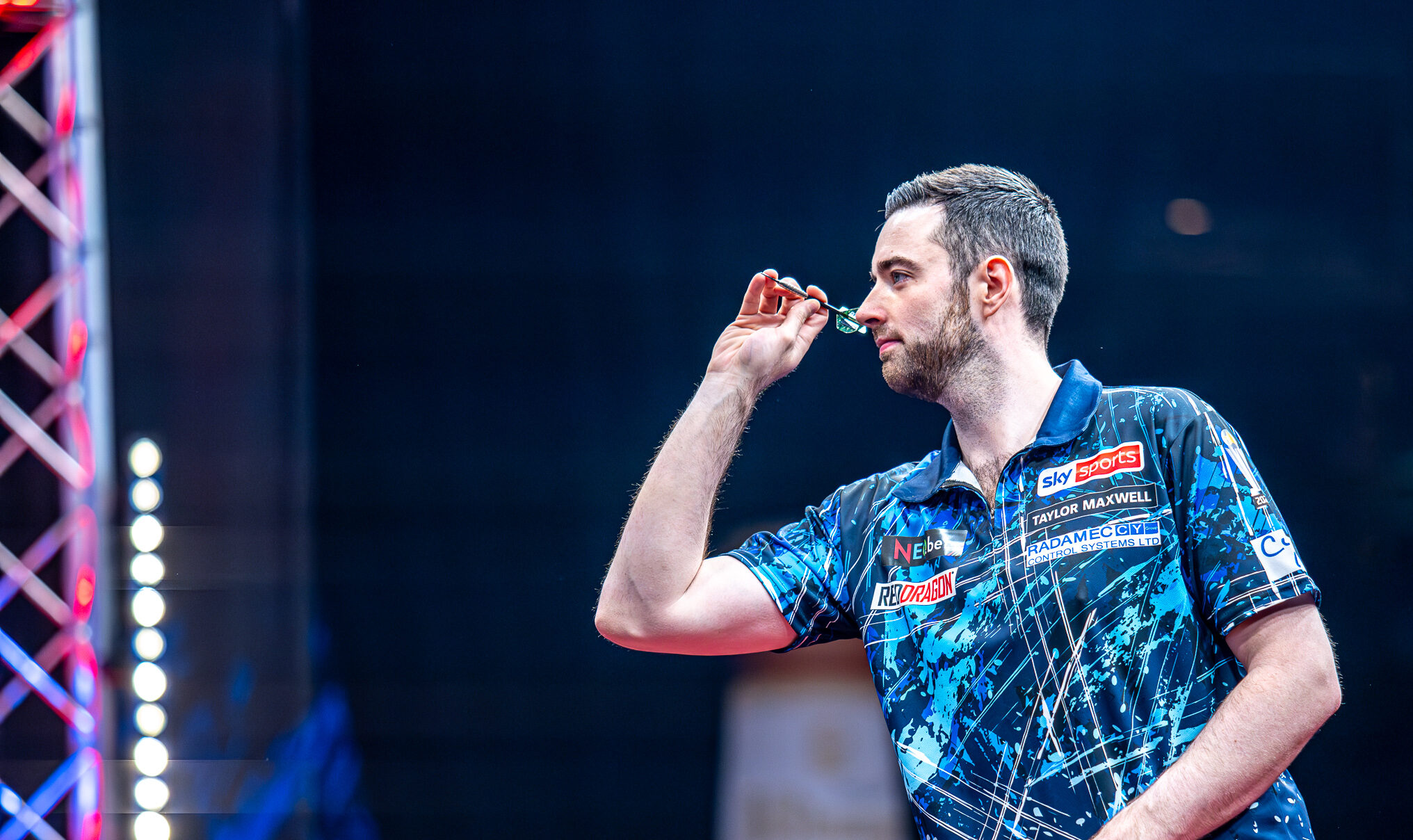Rules

Darts
Dart refers to the arrow thrown in the game of darts. The dartboard is divided into 20 segments, numbered from 1 to 20. Each of these segments is split by a triple ring in the middle and bordered by a double ring on the outer edge. The Bullseye, the red dot in the center of the board, is worth 50 points, while a hit in the Single Bull, the green ring around the Bullseye, scores 25 points. If a dart lands in the single segment of a number — meaning the area between the Single Bull and triple ring, or between the triple and double ring — it counts for the face value of that number. A hit in the double ring earns double the points of that segment, so the double 20, for instance, is worth 40 points. Hits in the triple ring earn triple the value. Three darts in the triple 20 give 180 points, the highest possible score in one round (three darts). Hits in the black area outside the double ring score zero points.
Dartboard Dimensions
A dartboard has a standardized diameter of 45 cm, with a playing area of 34 cm. The board is mounted so that the Bullseye sits at a height of 1.73 m. The distance from the front of the dartboard to the throw line (Oche) is 2.37 m.
Basic Rules
501 points is the starting score for a leg. The goal is to reduce this score from 501 to zero as quickly as possible. Players take turns throwing three darts each. The score from each round of three darts is subtracted from the remaining total. The player who reduces their score to zero first wins the leg. A leg must be finished with a hit in a double ring (Double Out rule). The double segments include the 20 narrow sections of the double ring as well as the Bullseye. In certain tournaments (currently only the World Grand Prix), the “Double In, Double Out” rule is used, requiring a leg to start and end with a hit in a double ring.
Game Formats
In PDC tournaments, games are played in either the “Set Format” or “Matchplay Format.” In the Set Format, a certain number of legs must be won to claim a set. For example, in a “Best of 5 Sets, Best of 5 Legs” format, the first player to win three legs wins the set, and the first player to win three sets wins the match. In the Matchplay Format, a predetermined number of legs are played. In a “Best of 21 Legs” match, the first player to win 11 legs wins the match. On the PDC Pro Tour and in PDC Europe events, matches are usually played in a “Best of 11 Legs” format, with the first player to win six legs taking the victory. The semifinal distance extends to “Best of 13 Legs,” and the final is played in a “Best of 15 Legs” format.
